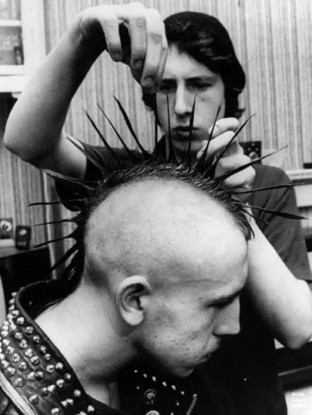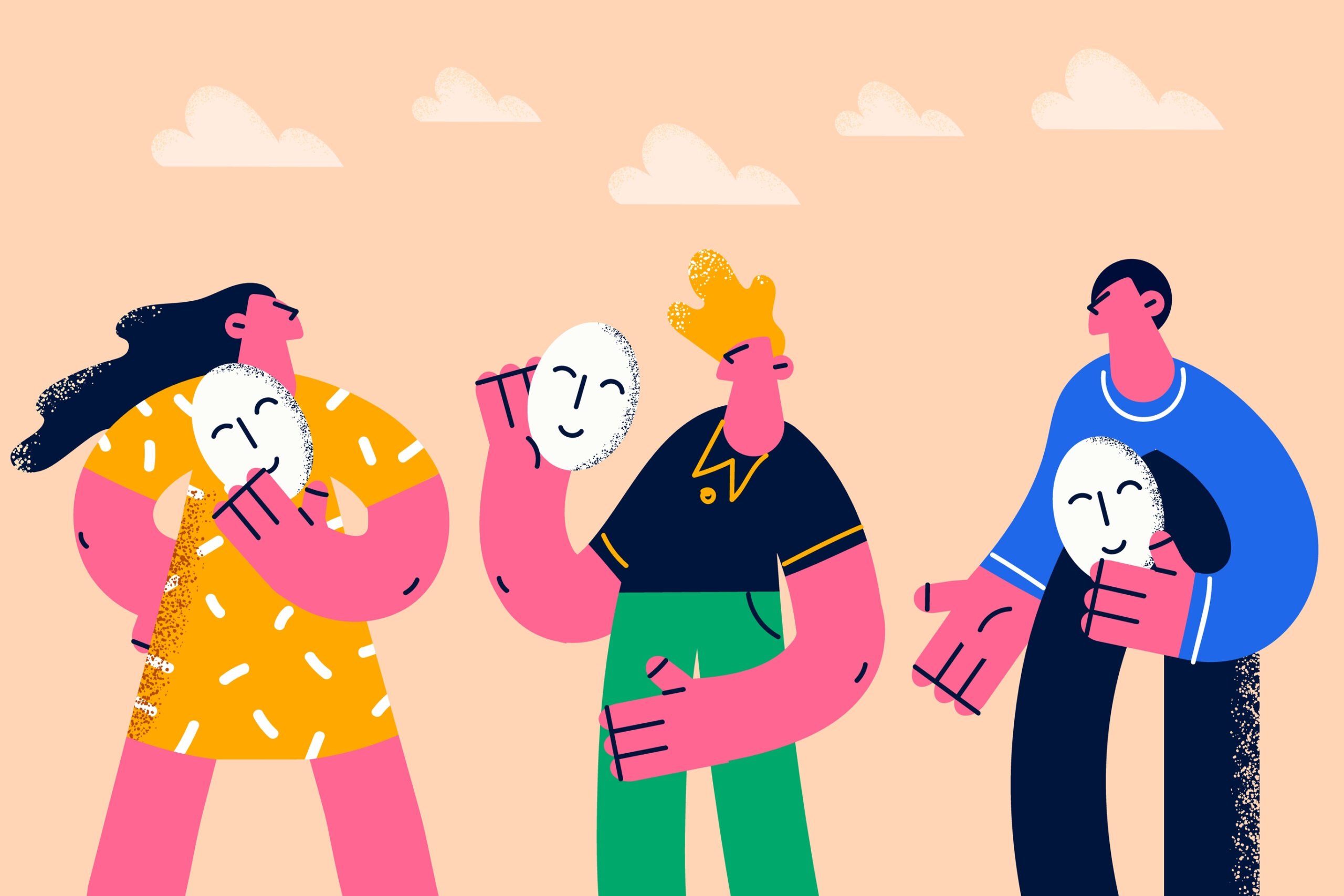I opened Instagram and forgot to brace myself. In the span of four minutes, I was pulled in four different directions. A clean girl routine, a dark academia reading list, a cottagecore decor guide, and a Y2K fashion lookbook later, I wasn’t sure who I wanted to be anymore. Worse, everyone was telling me who I was supposed to be.
The search for identity has always been a coming-of-age journey fraught with trial, error and self-discovery. The One Direction fandom, Greek mythology obsession, ripped jeans era, and crime novel binges may not have survived my teens but shaped me in significant ways. These were phases I lived and grew through, not performed.
All the world’s a stage
Today, as the first generation of digital natives emerges from adolescence and comes of age, an online presence is no longer novel but the norm. Social media has become our virtual third place, and this digital theatre puts us onstage and under the spotlight. We don our costumes, grab our props, and follow the script to keep up.
The traditional social currency of approval and validation has been quantified into metrics of engagement and growth. 2 compliments on my haircut used to make my day. Now I fret when my selfie garners only 200 likes. As the audience grew from immediate community to anyone in the world with an internet connection, so did the pressure to perform. Perception preceded connection, widening the gap between appearance and reality and making online expression increasingly superficial.
Belonging and Being
Finding your tribe used to be driven by ideology, community, and cultural phenomena over mere aesthetic appeal. Being punk wasn’t just about mohawks and leather jackets; it was a movement first and foremost. Goth was an entire philosophy beyond black lipstick. The media always had a stake in identity, but it was still grounded in lived experiences.
People can now, without subscribing to the subculture or worldview, cosplay their way into an identity with a pre-packaged list of prescribed behaviours and products. You don’t need to listen to Sade to qualify as a Sade girl, only a pair of gold hoops and a leopard-print dress. Looking the part is enough, living up to it is optional.




Once descriptive traits are now prescriptive lists.
Microtrends, macroeconomics
In the era of diminishing attention spans and relevance, cultural trends that once defined an entire decade are reduced to a flash in the pan. Several different trends simultaneously take up space in the zeitgeist, thus giving rise to the microtrend. Simply suffix “-core” to a random word and behold, a microtrend is born.

Categories listed under ‘C’ on WikiFandom Aesthetics
‘Where’s the issue, you could argue, ‘I used to switch between 6 radio stations before, and now I have any song at my Spotify-enabled fingertips.’ While the abundance of choice and convenience of access may foster greater cultural diversity and creative expression, these influences fail to culminate in a Renaissance moment. The unprecedented speed and scale of trends come at the cost of depth and meaning, eroding the crucial context that made them identity-defining once. Driven by algorithms, identity formation becomes superficial and motivated by engagement tactics without any introspection.
Feeding your feed
“We are what we have.” – Belk (1988)
Our possessions are extensions of the self and every purchase is aspirational. I didn’t just buy that neon sign, I bought into the idea of being a hipster. Social media content and influencers peddle starter packs and affiliate links, guiding you to curate and cultivate a certain identity. As self-expression is monetised, your chosen identity becomes a consumable commodity.
Our personalised feeds don’t just reflect our interests but shape them and feed data back into the very systems that profit from our attention. A feedback loop is thus created, mining and reducing your identity to data points. Following a climate action page? Here’s a bamboo toothbrush ad. Saving spiritual wellness quotes? Take this 20% discounted 1:1 call with a life coach. Like hamsters on wheels powering a factory of carrots and sticks, we scroll away unwittingly powering Big Data. The commodity created from harvesting data on user identity is thus repackaged and used to sell us more.

Gratification and fear: the algorithm’s favourite carrot and stick
Crises and commodities
The advertiser benefits from pigeonholing your personality and turning you into a persuadable – a pawn being subtly nudged toward a certain commercial or political decision, drawn by its own search for behaviour and identity. The illusion of agency is strengthened by algorithmic manipulation in the guise of personalisation. The result – A “Discover” feature that brings you content tailored to your filter bubble and a “for you” page that is perpetually churning custom-made recommendations that encourages consumerist behaviour from lessons on how to rebrand yourself to a curated list of products you absolutely need.
We consume and are in turn consumed, profiling ourselves and monetising our identity. The more transient and superficial these identities, the faster the cycle of overconsumption. How could you possibly resist this large-scale transformation of your individual social identity into the demand for goods and services? Remember you are greater than the sum of your data points. Create more than you consume. Consume physical media, commune in a physical third place. Introspect in the face of inspiration.
Who are you when no one’s watching? The algorithm doesn’t know who you are. It only knows what you’ve clicked on.
Farzana Simran Anzarudeen

Farzana Simran Anzarudeen is a Communications Officer at CDF and a linguist exploring the social impact of tech and AI.

